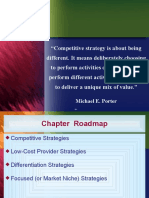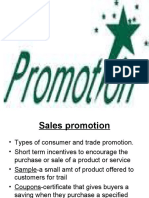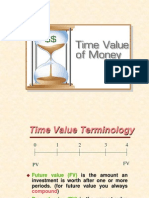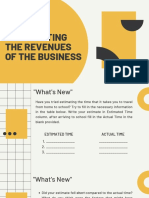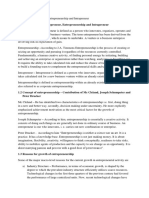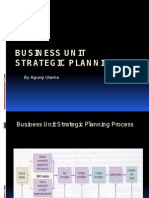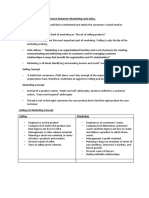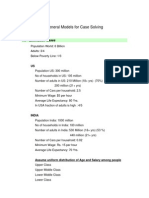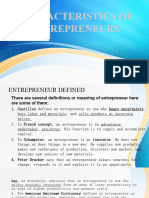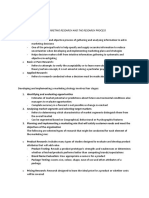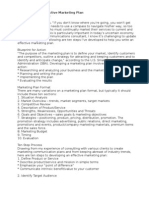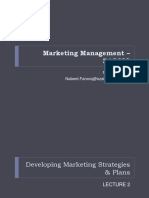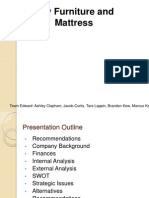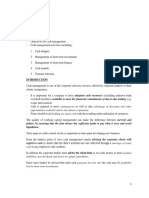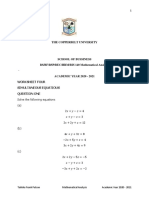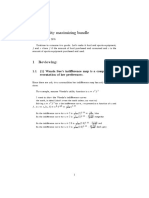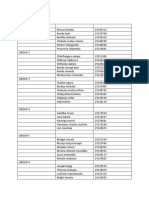0% found this document useful (0 votes)
116 views38 pagesCompetitive Environment
The document discusses Porter's Five Forces Model, a framework for analyzing competition within an industry, which includes the threat of entry, substitutes, bargaining power of buyers and suppliers, and rivalry among competitors. It emphasizes the importance of understanding these forces to assess an industry's attractiveness and to inform strategic planning, including cost leadership, differentiation, and focus strategies. Additionally, it covers SWOT analysis and PEST analysis as tools for evaluating internal and external environments affecting business operations.
Uploaded by
YvonneCopyright
© © All Rights Reserved
We take content rights seriously. If you suspect this is your content, claim it here.
Available Formats
Download as PPT, PDF, TXT or read online on Scribd
0% found this document useful (0 votes)
116 views38 pagesCompetitive Environment
The document discusses Porter's Five Forces Model, a framework for analyzing competition within an industry, which includes the threat of entry, substitutes, bargaining power of buyers and suppliers, and rivalry among competitors. It emphasizes the importance of understanding these forces to assess an industry's attractiveness and to inform strategic planning, including cost leadership, differentiation, and focus strategies. Additionally, it covers SWOT analysis and PEST analysis as tools for evaluating internal and external environments affecting business operations.
Uploaded by
YvonneCopyright
© © All Rights Reserved
We take content rights seriously. If you suspect this is your content, claim it here.
Available Formats
Download as PPT, PDF, TXT or read online on Scribd
/ 38

